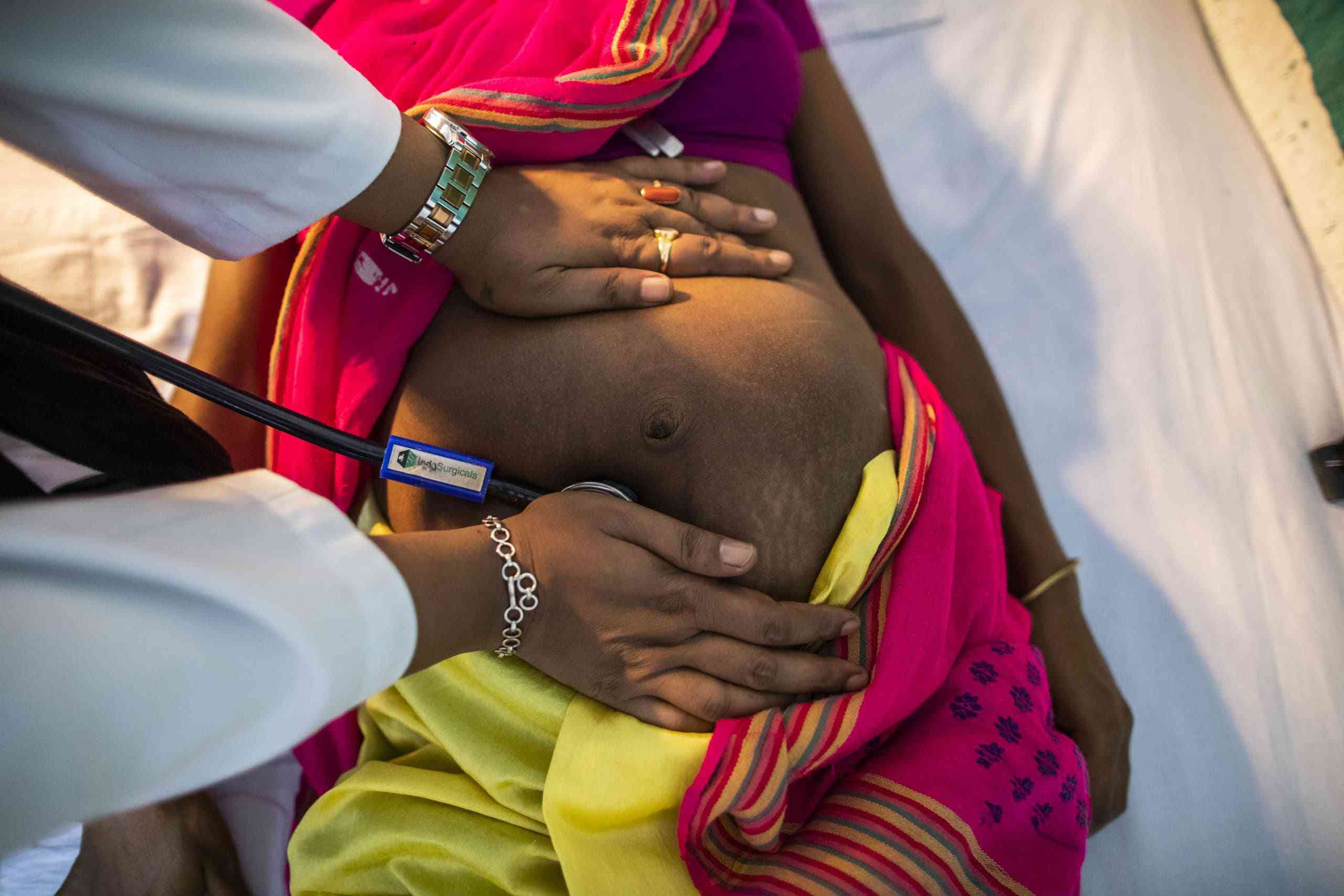
THE Health and Child Care ministry has partnered apostolic sects in Mashonaland Central province as it moves to stem maternal deaths in the country.
The partnership comes at a time when the apostolic sects have been known to shun clinics and hospitals due to entrenched religious beliefs.
Sadly, this has resulted in a number of children among the apostolic sects skipping vaccination, with catastrophic consequences like the recent death of over 30 children due to measles and mumps in the province.
Addressing journalists during a tour of the province on Monday, provincial medical director Clemence Tshuma said Mashonaland Central was making strides in eliminating maternal deaths among mostly members of apostolic sects.
Tshuma said the province had recorded eight maternal deaths this year, compared to over 20 during the same period last year.
While the number of maternal deaths has gone down in the province, one life lost is one too many.
There is a need to replicate the partnership in all the country’s 10 provinces if the target of reducing maternal deaths is to be met.
Although the number of maternal deaths in Zimbabwe has been declining, it is still high at 363 per 100 000 live births, according to the preliminary results of the 2022 housing and population census.
- Councils defy govt fire tender directive
- Bulls to charge into Zimbabwe gold stocks
- Over 115 to exhibit at Mine Entra
- Bullets shoot down Chiefs
Keep Reading
In 2010-11, the maternal mortality ratio was 960 per 100 000 live births.
According to the World Health Organisation (WHO), maternal mortality ratio is high in low-income countries.
Data shows that the maternal mortality was in 2020 at 430 per 100 000 live births in low-income countries versus 13 per 100 000 live births in high-income countries.
Globally, the rate of maternal death is high, with the WHO data showing that in 2020, about 800 women died every day from preventable causes related to pregnancy and childbirth.
It means that a maternal death occurred almost every two minutes in 2020, according to WHO.
These are scary statistics considering that complications during pregnancy and childbirth are leading causes of death and disability among women of reproductive age (15-49 years) in Zimbabwe, according to the United Nations Population Fund (UNFPA).
Work is cut out for the government in the battle to reduce the maternal mortality ratio.
It must scale up funding to the health sector for the ministry to carry out programmes to reduce the ratio.
However, the government cannot do it alone. It needs partners in the form of the United Nations (UN) agencies, opinion leaders, civil society and interest groups as it plays its part in contributing to the reduction of the global maternal mortality ratio to less than 70 per 100 000 live births by 2030 to meet the sustainable development goal target of ensuring healthy lives and promote well-being for all at all ages.
To its credit, Zimbabwe has drawn the backing of the UNFPA which is providing technical and financial support to the government through the Health and Child Care ministry towards the reduction of maternal and neonatal mortality.
The UN agency said its efforts towards reducing maternal mortality are at national, provincial and district levels.
UNFPA supports the government in the development of policies, guidelines and strategies on reproductive health, provision of extensive health training on life-saving, emergency obstetric and neonatal care and provision of cervical cancer screening and treatment.
It is also supporting the government in the provision of essential reproductive health commodities, scaling up the use of long-acting family planning methods, refurbishment of public health facilities, including maternity waiting homes and repair for obstetric fistula.











